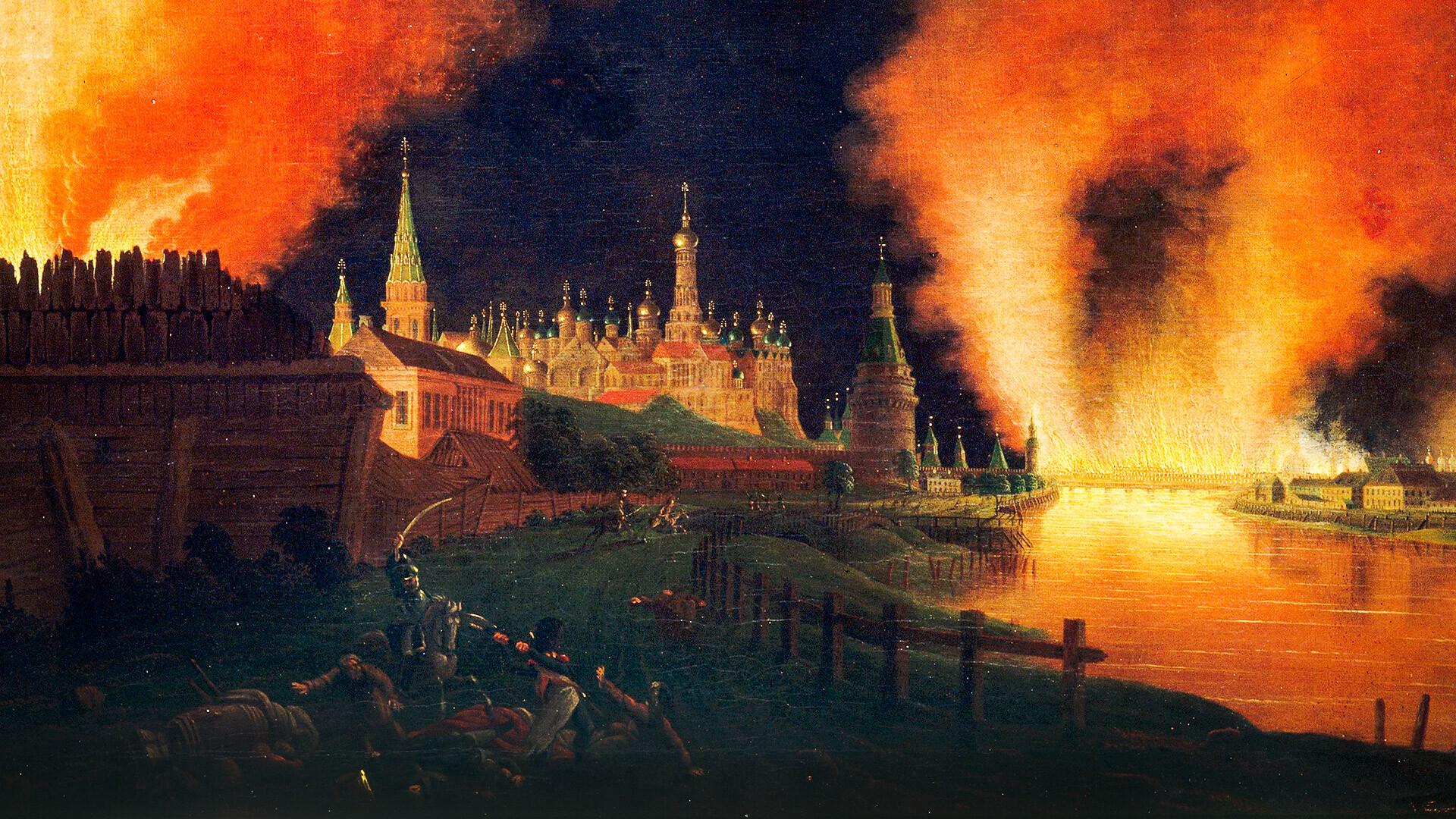The element of fire is the paradox of sanctity. It consumes and preserves. It devours matter but defends the Spirit. When someone sets fire to their own house, or when a nation burns its own capital, the act transcends the rational field of strategy. It becomes a rite of interior protection. In these gestures, the visible world is offered in sacrifice so that the invisible one remains intact. The hand that lights the match performs remembrance. In its most sacred form, fire is the discipline of purification. It is the vertical will made visible, the ray of Atziluth descending into the lower worlds.
I. The Fire of Almada
At the end of the sixteenth century, Manuel de Souza Coutinho, nobleman of the city of Almada in Portugal, saw foreign soldiers approaching his estate. Rather than allow his home to be seized, he ordered it burned to the ground. The gesture shocked his contemporaries; but the king himself, far from punishing him, recognised in that flame a sovereign dignity. The fire of Almada became a silent declaration of fidelity. He preferred to see his world reduced to ash than to see it occupied by an alien will. What perished was timber and stone but what survived was honour.
In this act we glimpse the deeper logic of the Sacred Will. When the world becomes unworthy of the soul, the soul withdraws its consent. Fire is the instrument of that withdrawal. It returns matter to its primordial element, releasing the Spirit trapped within form. This is the alchemical calcination, the first ordeal of the Magnum Opus. What burns is not only the exterior house but the attachment to possession. The man who kindles his own ruin performs a secret liturgy, as he proves that what he guards cannot be looted.
II. The Fire of Moscow
More than two centuries later, in 1812, Moscow repeated the gesture on a grand scale. As Napoleon’s armies advanced, the Russians abandoned their capital and let it burn. The city that had been the heart of an empire became an altar. The destruction was deliberate, not out of despair but of fidelity. The fire devoured palaces, churches, archives, but preserved the soul of the nation. Moscow vanished in smoke, but the invader found only emptiness. The victory of matter was annulled by the sacrifice of matter.

The burning of Moscow mirrors the same vertical law that governed the Portuguese nobleman. Both acts are forms of voluntary immolation. Both proclaim that there are treasures which cannot survive in captivity. The fire becomes the seal of transcendence; it forbids the profane from crossing into what belongs to the Divine. The conflagration is the assertion of Atziluth, the world of emanation, where fire is Divine intent. The human Spirit, remembering its origin in that realm, chooses annihilation over compromise.
III. The Letter Shin
The letter Shin embodies the essence of fire. Its three flames point upward like tongues of light rising from a single root. It signifies the spirit that unites the lower and the higher, the trinity within the One. Shin corresponds to the creative breath of the Divine that descends to ignite consciousness. It is also the hidden letter of the Sacred Name when the human is reconciled with the Divine. In the tarot, its resonance is felt in the suit of Wands, where the vertical will manifests through action and courage.
The flames of Almada and Moscow were human echoes of Shin. In both, the fire rose from matter towards Spirit, from form towards essence. The will that commanded was alignment with the higher law. Fire restores proportion. It reminds flesh that it was once Light. When the visible world becomes intolerable to the soul, the letter Shin stirs; it calls for purification through flame. The outer destruction conceals an inner consecration. Through fire, we re-enter Divine likeness, since to burn willingly is to mimic the Sun that gives itself without rest.
Κύριε ελέησον
